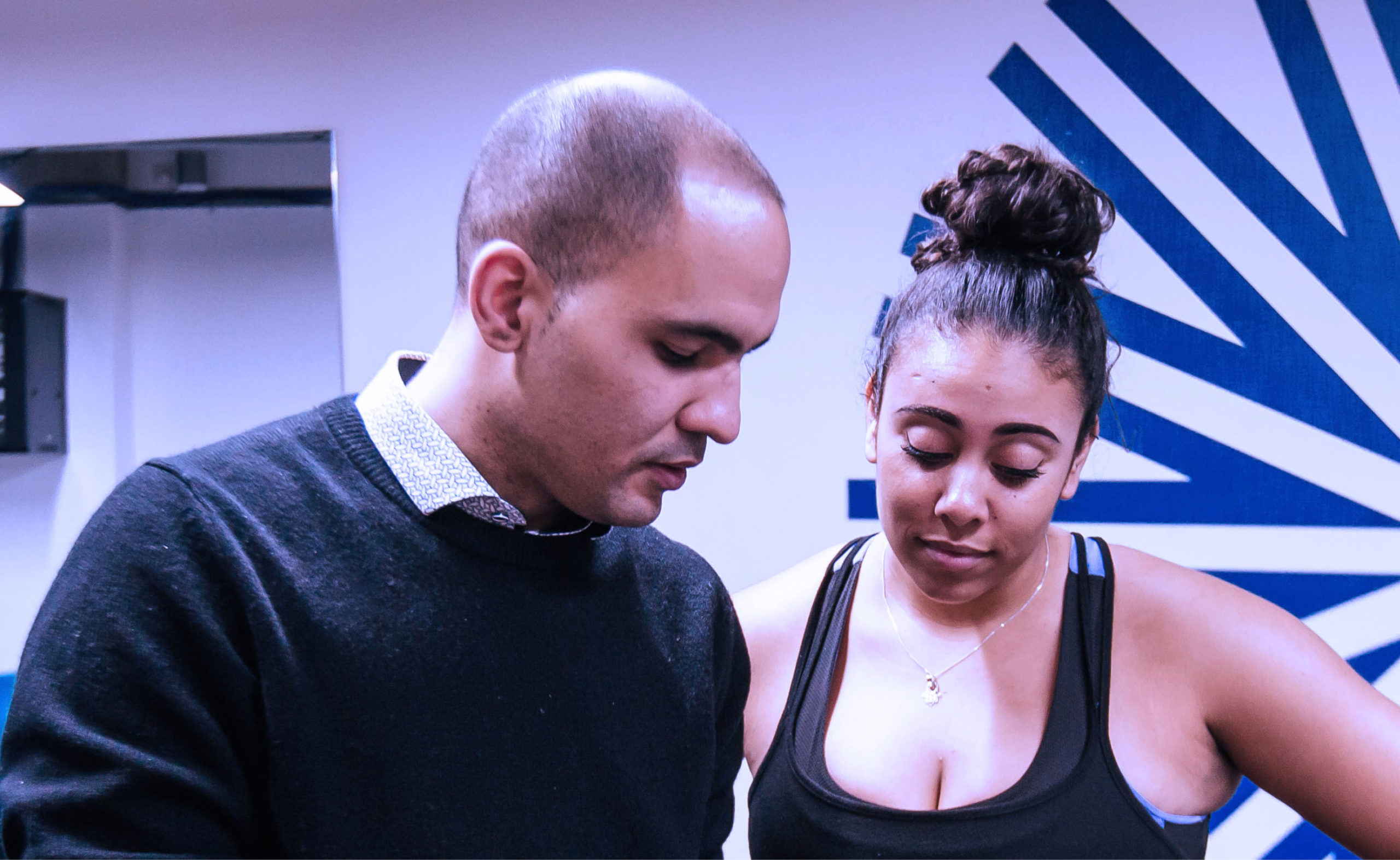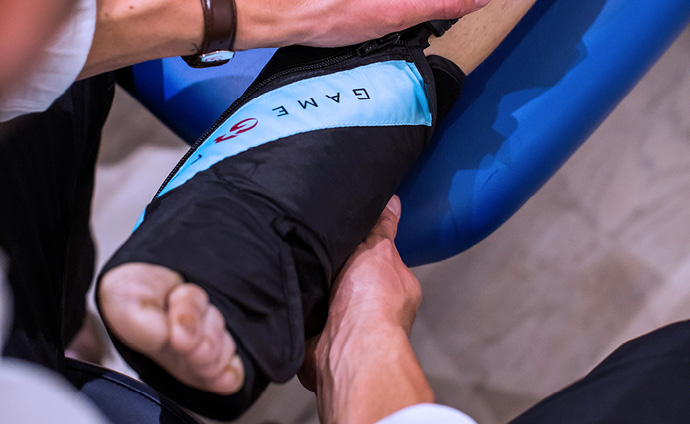Whether you’ve sprained your ankle playing sport, twinged your back lifting something heavy or slammed your finger in a car door, the first thing most people will turn to (after cursing profusely!) is either an ice or heat pack. But how do you know which one will help heal your injury and ease your pain best?
When choosing between ice and heat therapy, there are a few different factors to consider and clear reasons why you would go with one over the other. As with anything, if you’re unsure about what damage you have actually done when you’ve injured yourself, seeing a professional physio for an assessment is the best place to start. After all, if you’ve misdiagnosed your injury in the first place, there’s a good chance you won’t be prescribing yourself the right treatment either…
When would you ice an injury?
When you hurt yourself and see bruising or swelling occur, it’s caused by blood that has rushed to the injured area. That’s why it can feel warm, swollen and appear darker in colour — you’re actually bleeding internally.
The benefit of icing an injury is that it slows down this rush of blood to the area, which means less swelling, pressure and pain. There are some physios who will make arguments against icing immediately after an injury occurs, as there is a view that this swelling is a natural part of the healing process that should be allowed to run its course.

But at Spectrum, we believe your body produces a surplus of swelling when under duress, and by icing we can reduce it to a point where it’s manageable and you don’t overly stiffen up, which will ultimately help you get started on your rehab more quickly.
One of Spectrum’s Lead Physios, Ant Brightwell, explains how this works in practice.
“I had one woman come in with a very badly sprained ankle. It was so swollen and painful that I couldn’t even assess it due to the lack of range and movement caused by the swelling.
“So, I stuck her on our GameReady Ice Compression machine and after 15 minutes I could move her ankle around enough to assess it and determine that it was definitely not broken. If not for icing, we wouldn’t have been able to assess her properly and begin rehab until the swelling had naturally gone down.”

GameReady is the leading ice and compression technology used in Spectrum’s London physio clinic. The combination of the compression sleeve and the cold water that pumps through it means you can apply deeper ice therapy to hard-to-reach areas that a basic ice pack wouldn’t be able to target as effectively.
Icing an area that is swollen and bruised will ultimately allow you to start treatment earlier, which means a shorter path to recovery.
So, what about heat therapy?
Well, if applying ice to an injured area stops blood rushing to it, you might be able to guess what applying heat does.
If you want to get more blood to an injured area, applying heat will do the trick. But in what instances would you want to do that? Well, the more blood that circulates to the area, the more your muscles will open up, which is great if you’re dealing with a muscle that is really stiff and immoveable.
Sometimes loosening a muscle enough to be able to assess the initial damage is key, or in other instances you may need to apply heat to allow the range of movement required for rehab. And when a muscle is super stiff, loosening it up will normally also have the benefit of providing pain-relief and soothing sensations.

While applying heat can be as literal as applying a wheat bag, muscles and soft tissue can also be ‘warmed up’ via hands-on treatment from a qualified physio. Hands-on treatment methods will vary depending on the patient and their injury, but can include deep tissue massage, sports massage, effleurage (a light massage technique) and petrissage (a deep massage technique).
So, when trying to answer the question, “should I use ice or heat for my injury?”, the only response is — that depends! It depends on the type of injury and what the associated problems are that you need to fix. As always, if you’re not sure, we’re here to help by providing you with a thorough assessment and personalised treatment plan.
Do you want to learn more about the treatments we have on offer? Book a free, 15-minute call with one of our lead physios and we’d love to help you get back to living a pain-free life.



